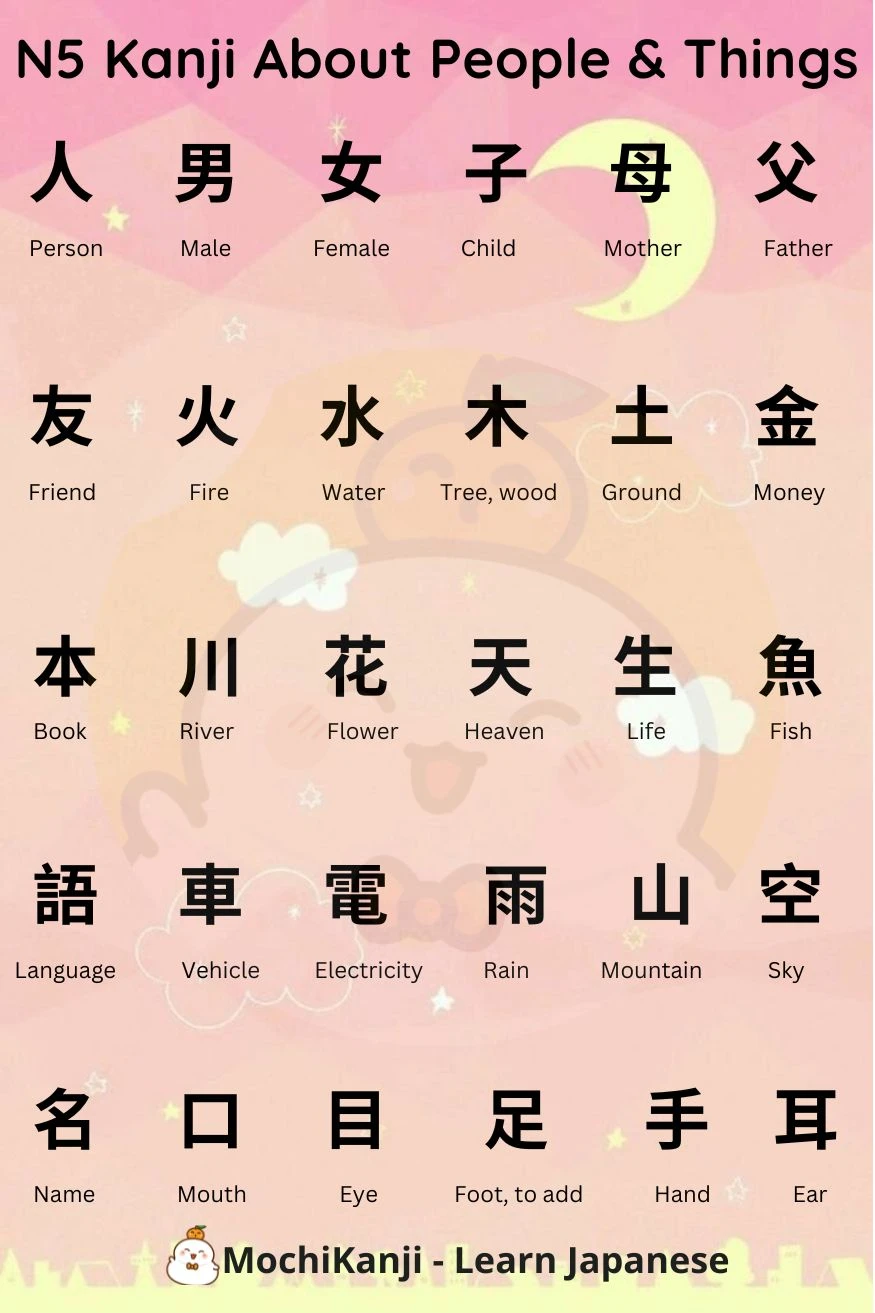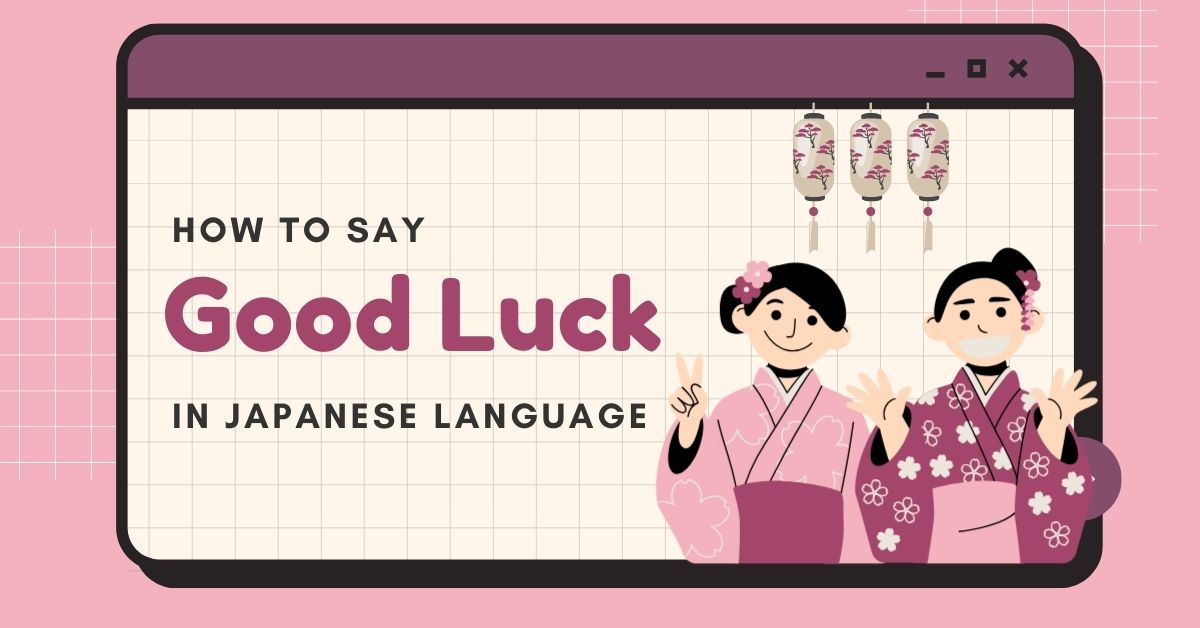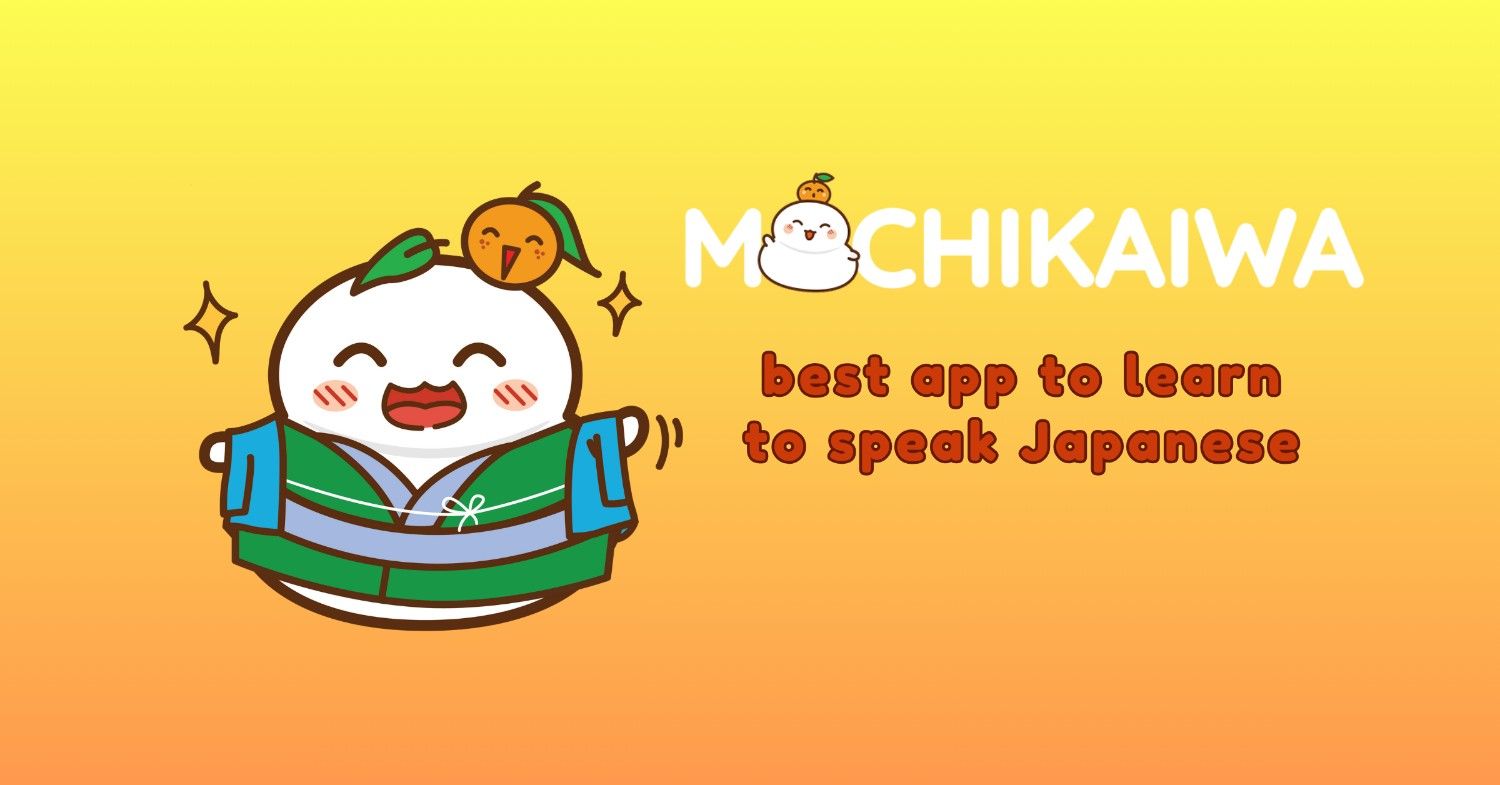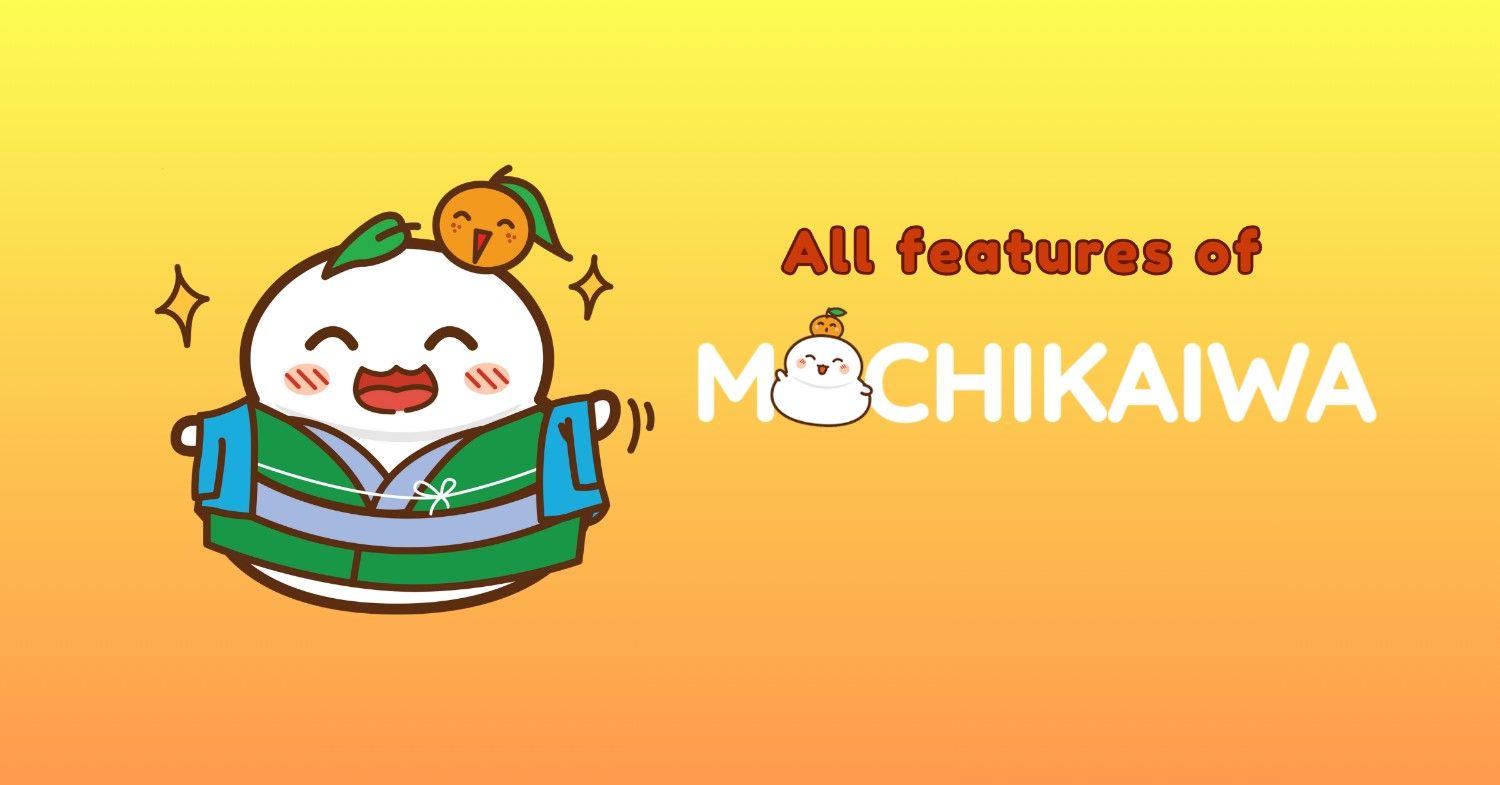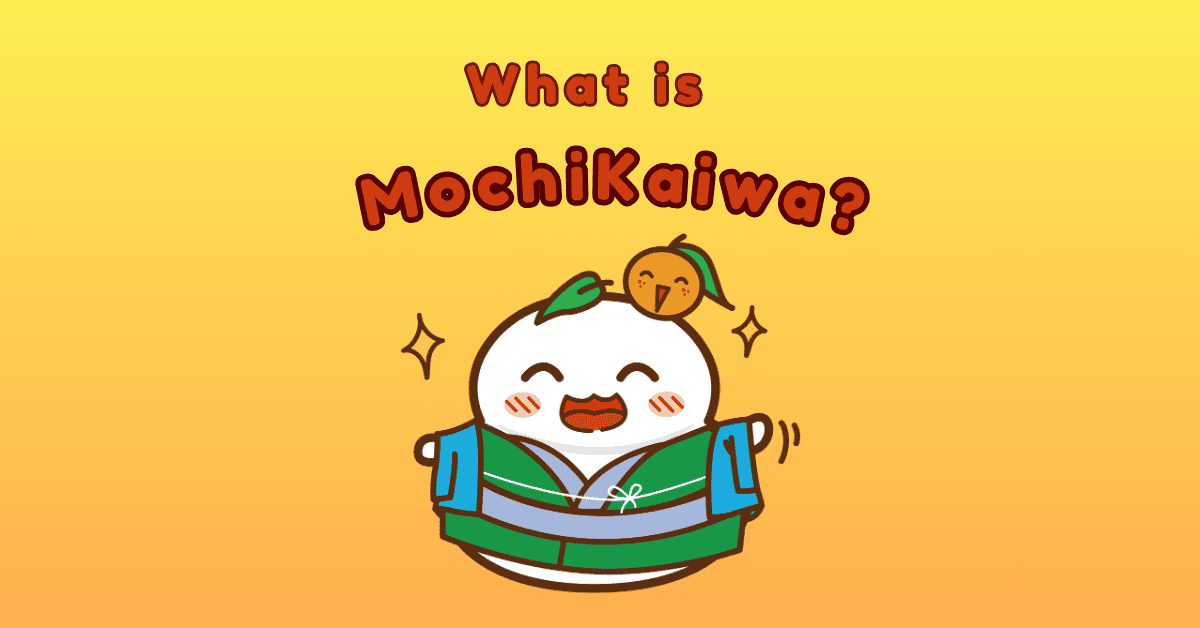If you want to learn Japanese by yourself, the most difficult challenge you have to deal with is to stay motivated. Although Japanese is hard, the harder thing is achieving persistent learning progress. In this article, you will be guided step-by-step to learn Japanese from zero, especially how to keep motivated to overcome all difficult language aspects.
Indeed Japanese is hard to learn, you have to get yourself through 2 alphabets and more than 2000 Kanji characters plus several grammatical rules. However, when you first start learning, don’t overwhelm yourself with high goals. If you focus on the amount of knowledge you have to pick up, your spirit will soon be dampened.
What you should do in an early stage is to find yourself a suitable learning program and start gently.
- Do this first before learning Japanese
- Recommended textbooks for you
- Here is learning order you should try
- Learn Kanji and vocabulary with apps
- Immerse Yourself in Japanese Media
- Practice Speaking with Native Speakers
- Keep a Language Learning Journal
- FAQs

Do this first before learning Japanese
First, you should determine your learning goals: It’s essential to establish clear goals. Ask yourself why you want to learn Japanese and what you hope to achieve. Your goals could range from basic conversational skills for travel to fluency for career purposes or academic interests. Having clear objectives will help you stay motivated and focused throughout your learning journey.
The next step is being familiar with the Japanese Writing system including Hiragana, Katakana, and Kanji. Understanding what they are and how to learn them will be a crucial foundation for all Japanese learners.
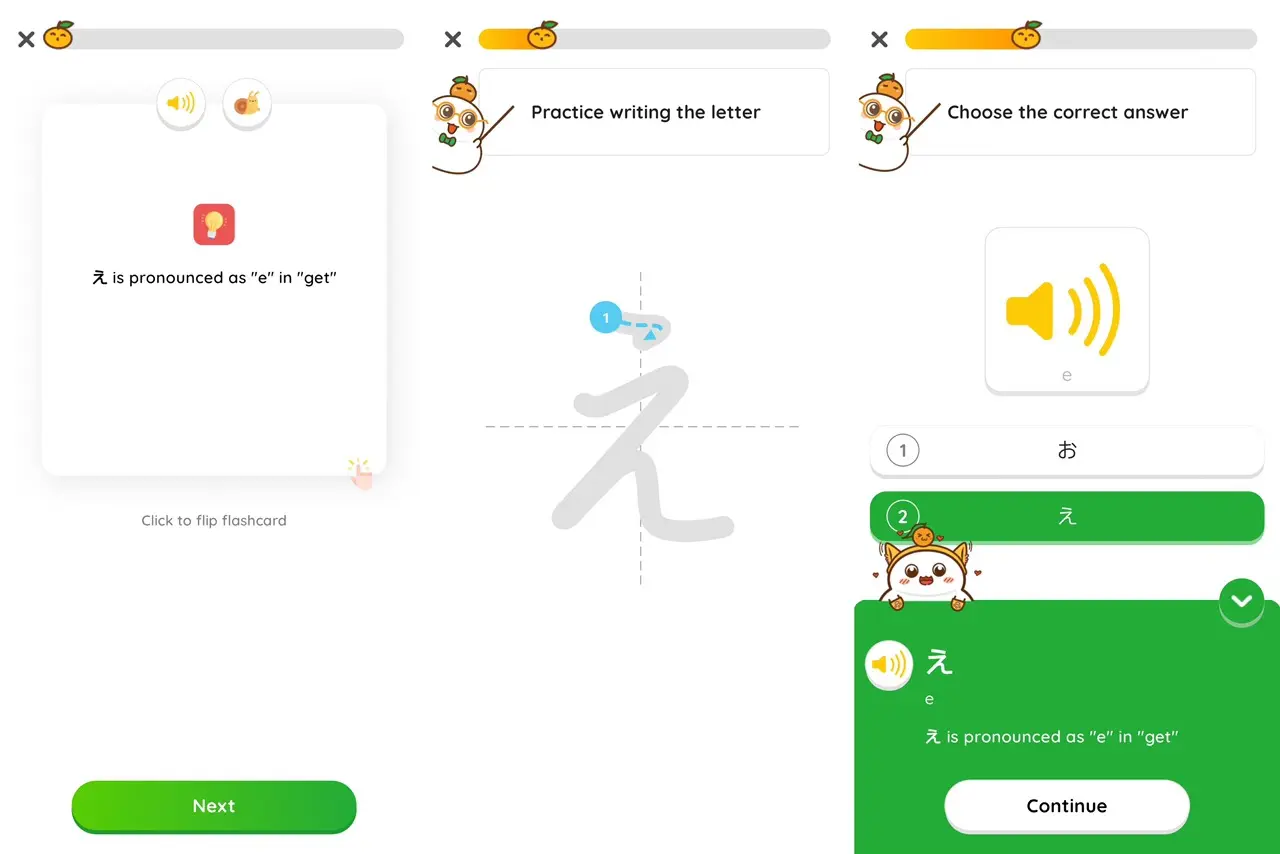
There are numerous online resources, apps, and textbooks available to help you learn Hiragana and Katakana. If you are looking for a technique that helps you learn Hiragana and Katakana fast in just one week, you should try MochiKana Learn Hiragana. This is a Japanese tool many Japanese learners use to achieve their goals. Thanks to its detailed and step-by-step design, you will be familiar with each Japanese letter from basic to advanced. MochiKana divides all characters into small lessons, practices, and mock tests, which are designed with colorful flashcards, multiple learning games, also writing lessons helping you memorize characters effectively.
Recommended textbooks for you
Textbooks are important tools you need to follow. You should not buy too many different books at once, it’s better to finish the current one and then go buy the following later. For self-studying learners, you can try out “Soumatome”, it’s nice and thin, plus the amount of knowledge in the book is easy to handle. Soumatome also provides lots of apparent examples and comprehensive explanations. After finishing the Soumatome, you should start learning with Mimi kara Oboeru or Shinakazen to gain additional knowledge. After completing a level, you could use books with mockup tests such as: Zettai Gokaku, Goukaku dekiru to self-check your knowledge.
Here is the learning order you should try
It is suggested that you rotate your learning schedule among Vocabulary, Grammar, and Kanji lessons to avoid boredom. In terms of listening and reading comprehension, you can buy books to practice after studying Vocabulary, Grammar, and Kanji, since it is necessary to have enough knowledge about those 3 elements first. If you practice listening and reading comprehension too early, you will find that it is not easy to understand, and that might be discouraging.
Learn Kanji and vocabulary with apps
It is also important that you learn Kanji and vocabulary frequently. You can use apps or vocabulary flashcards to make this process easier.
For me, I suggest using apps that apply the SRS (Spaced Repetition System) method as it’s the most common and most effective learning method for Japanese words. However, be careful when choosing an app to learn, most of the apps you can find on app stores claim to have the SRS method but with an inappropriate calculating function, which could be counterproductive.
I’ve tried many apps but the only one that meets my expectations is MochiKanji – Learn Japanese, the app is easy to use and only focuses on helping you with learning and memorizing vocabulary. The timing is also perfect, all in all, it works great for me, so don’t hesitate to try.
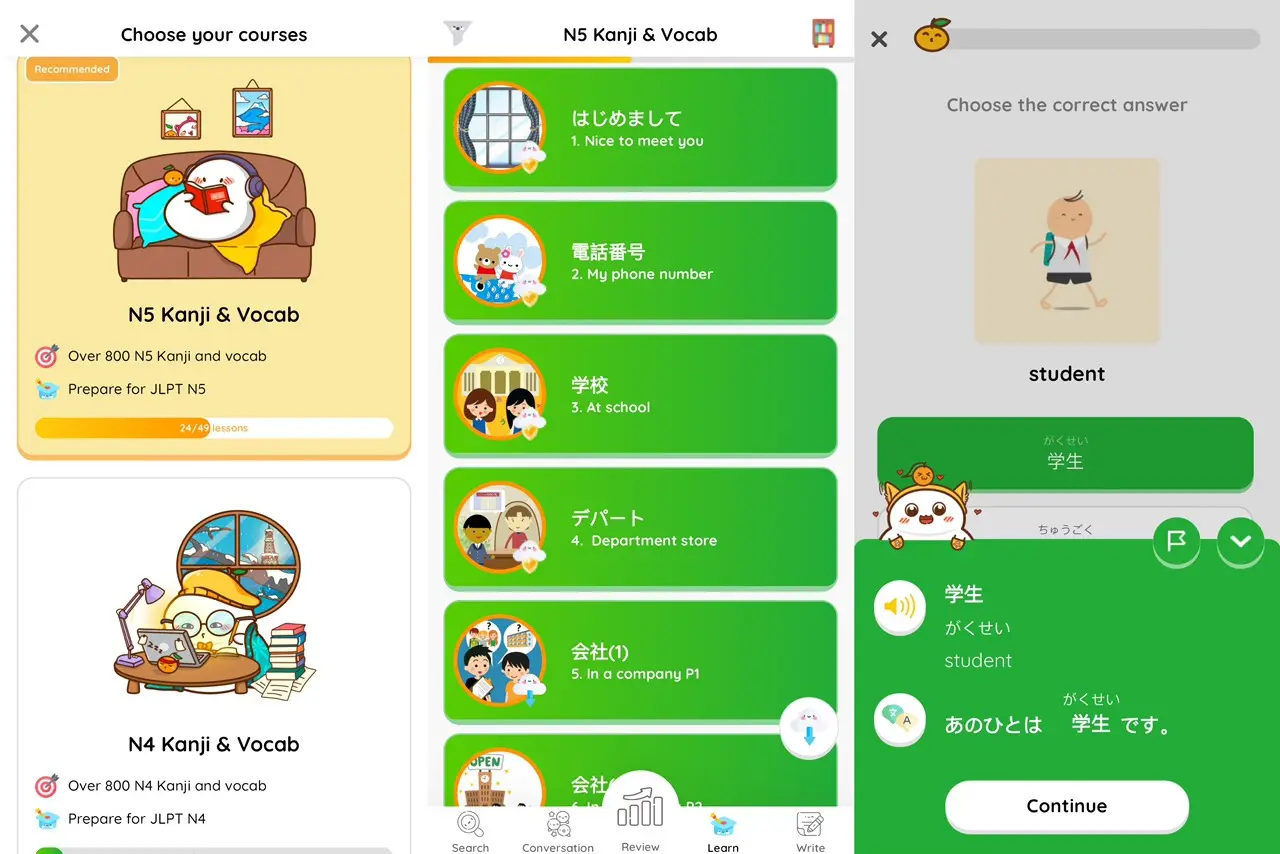
MochiKanji makes learning Kanji and vocabulary straightforward with its interactive flashcards and detailed stroke order guides. The app’s features, like spaced repetition and engaging quizzes, help reinforce your memory effectively. Whether you’re focusing on writing or expanding your vocabulary, MochiKanji offers the tools you need to succeed in mastering Japanese.
Grammar is a different story so I suggest that there’s no need for apps to help you learn grammar, if it’s too tricky or hard to chew, you can go to Hi-native and ask for help.
Immerse Yourself in Japanese Media
Immersing yourself in Japanese media is an excellent way to improve your language skills and familiarize yourself with Japanese culture. Watch Japanese movies, anime, dramas, and YouTube videos. Listen to Japanese music, podcasts, and radio stations. Reading manga, light novels, and news articles in Japanese can also enhance your reading comprehension skills.
Practice Speaking with Native Speakers
Practice speaking Japanese regularly, even if you’re learning on your own. Join online language exchange communities, find language exchange partners, or hire a tutor for conversation practice. Speaking with native speakers will improve your pronunciation, fluency, and confidence in using Japanese in real-life situations.
Keep a Language Learning Journal
Maintain a language learning journal to track your progress, jot down new vocabulary, and review grammar points. Writing in Japanese regularly will also improve your writing skills and reinforce what you’ve learned. Set aside time each day to write about your experiences, thoughts, or anything else that interests you.
Learning Japanese by yourself is a rewarding journey that requires dedication, perseverance, and a strategic approach. By setting clear goals, mastering the fundamentals, utilizing resources effectively, and immersing yourself in the language and culture, you can make significant progress on your own. Remember to stay motivated, stay consistent, and most importantly, enjoy the process of learning this beautiful and fascinating language. Ganbatte kudasai! (Good luck!)
FAQs
Is Japanese from zero good for beginners?
Yes, Japanese from Zero is highly recommended for beginners. It provides a structured and gradual approach to learning Japanese, with clear explanations, plenty of practice exercises, and a focus on building a strong foundation in vocabulary, grammar, and hiragana.
What is Japanese for zero?
The Japanese word for “zero” is “零” (れい, rei), though “ゼロ” (zero), which comes from the English word, is also commonly used in modern contexts.
Will there be a Japanese from zero 6?
As of now, there hasn’t been an official announcement regarding a Japanese from Zero Book 6. The current series has five books, and any future releases would likely be announced by the author, George Trombley.
How to start learning Japanese from zero?
To start learning Japanese from zero, you can:
- Begin with a beginner-friendly textbook like Japanese from Zero or an app that focuses on foundational skills.
- Learn hiragana and katakana, the two basic Japanese scripts.
- Practice daily with vocabulary, basic phrases, and sentence structures.
- Supplement your learning with language apps, flashcards (like Anki or MochiKanji), and exposure to Japanese media for listening practice.

